Seychelles History Facts and Timeline
(Seychelles, SC, Africa)
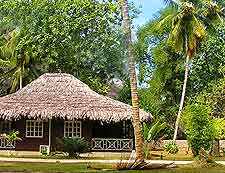
Much of the history of pre-colonial Seychelles remains guesswork. It is thought that the Malays who came in boats from Borneo lingered here before they headed west to the much larger island of
Madagascar, around the year of 200 AD.
Later, Arab traders visited the Seychelles whilst travelling and trading between the Middle East, Africa and the Orient, although none chose to settle permanently. They sold the prized 'coco de mer', a type of coconut that is used by the Chinese for medicine and which is only found here. This is the only firm evidence related to the Seychelles history during this period.
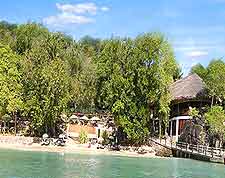
A European Port of Call
After the famous Portuguese explorer Vasco de Gama spotted the islands whilst sailing between East Africa and India in the year of 1502, the Amirantes, as Seychelles was then known, became a feature on maps of the era.
The British, in the form of the pervasive East India Company, landed here just over a century later, in early 1608, when a ship was blown off-course during a violent storm. Its crew took advantage of the island's abundant water and sources of food before setting sail once more. The British chose to never follow up the visit, although pirates soon made an appearance. However, it was another European power that was to change the course of Seychelles history.
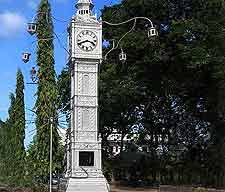
French Settlement
After developing nearby
Mauritius, the French sent an expedition to map the islands in late 1742 and found a place they named Ile d'Abondance, or 'Island of Plenty' - in reference to the abundant flora and fauna living here. The leader of the expedition, renowned explorer Lazare Picault, became the first person to have properly explored the Seychelles, naming them Iles de Bourdonnais after the leader of the Mauritius colony who held the same surname.
Following a brief threat to French rule during the Seven Years' War between the English and the French from 1754, the Seychelles archipelago was eventually turned over from the waning French East India Company to the royal government in
Paris. As such, it was used as a strategic garrison to break the Dutch stranglehold on the eastern spice trade.
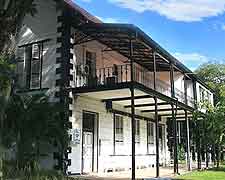
Full French Sovereignty
Retrieving tortoises and timber from the Seychelles, the Frenchman Nicolas Dufresne extended France's control over all the islands in the Seychelles group in 1768. The following year, the islands became an integral part of a faster route to India, crowning their strategic importance.
In 1770, the establishment of St. Anne with a small group of colonists and slaves was unsuccessful, since it ran out of funds and necessary supplies. Soon after, the Frenchman Antoine Gillot decided to set up a spice garden at Anse Royale, growing spices such as cinnamon and nutmeg. Later, a settlement was built at modern-day Victoria to protect the islands from the British, but they weren't to be denied for long.
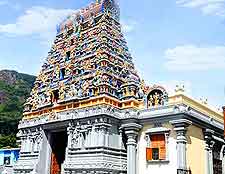
British Rule
The ensuing capture of the Seychelles by the British, during wars with the French, left a cultural and architectural mark on the islands. Plantations growing cotton, rice and sugarcane all continued to flourish at first, although the abolition of the slave trade left many in decline by the mid-19th century and coconuts soon became an alternative and very profitable crop. Slaves freed from the Middle East were brought here for low wages and the economy picked up again.
The capital, Victoria, began to expand and flourish as the British constructed a clock tower modelled on that of Vauxhall, London, as well as botanical gardens and a courthouse, among numerous other landmarks still visible today. Seychelles modern history had become a tangibly British one.
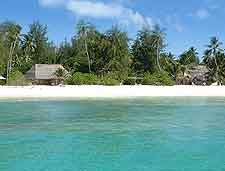
Rule from London finally came to an end in the year of 1976, following negotiations with London and a series of elections ultimately leading to independence.
Political wrangling ensued, with an opposition leader assassinated in exile, and even a coup attempt by a group of South African mercenaries. Nowadays, the Seychelles thrives on tourism, being famous for its secluded island retreats, peaceful beaches and tropical character.
 Much of the history of pre-colonial Seychelles remains guesswork. It is thought that the Malays who came in boats from Borneo lingered here before they headed west to the much larger island of Madagascar, around the year of 200 AD.
Much of the history of pre-colonial Seychelles remains guesswork. It is thought that the Malays who came in boats from Borneo lingered here before they headed west to the much larger island of Madagascar, around the year of 200 AD.



 Rule from London finally came to an end in the year of 1976, following negotiations with London and a series of elections ultimately leading to independence.
Rule from London finally came to an end in the year of 1976, following negotiations with London and a series of elections ultimately leading to independence.